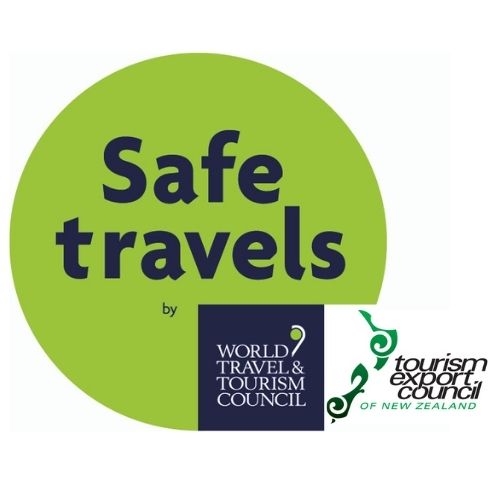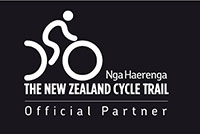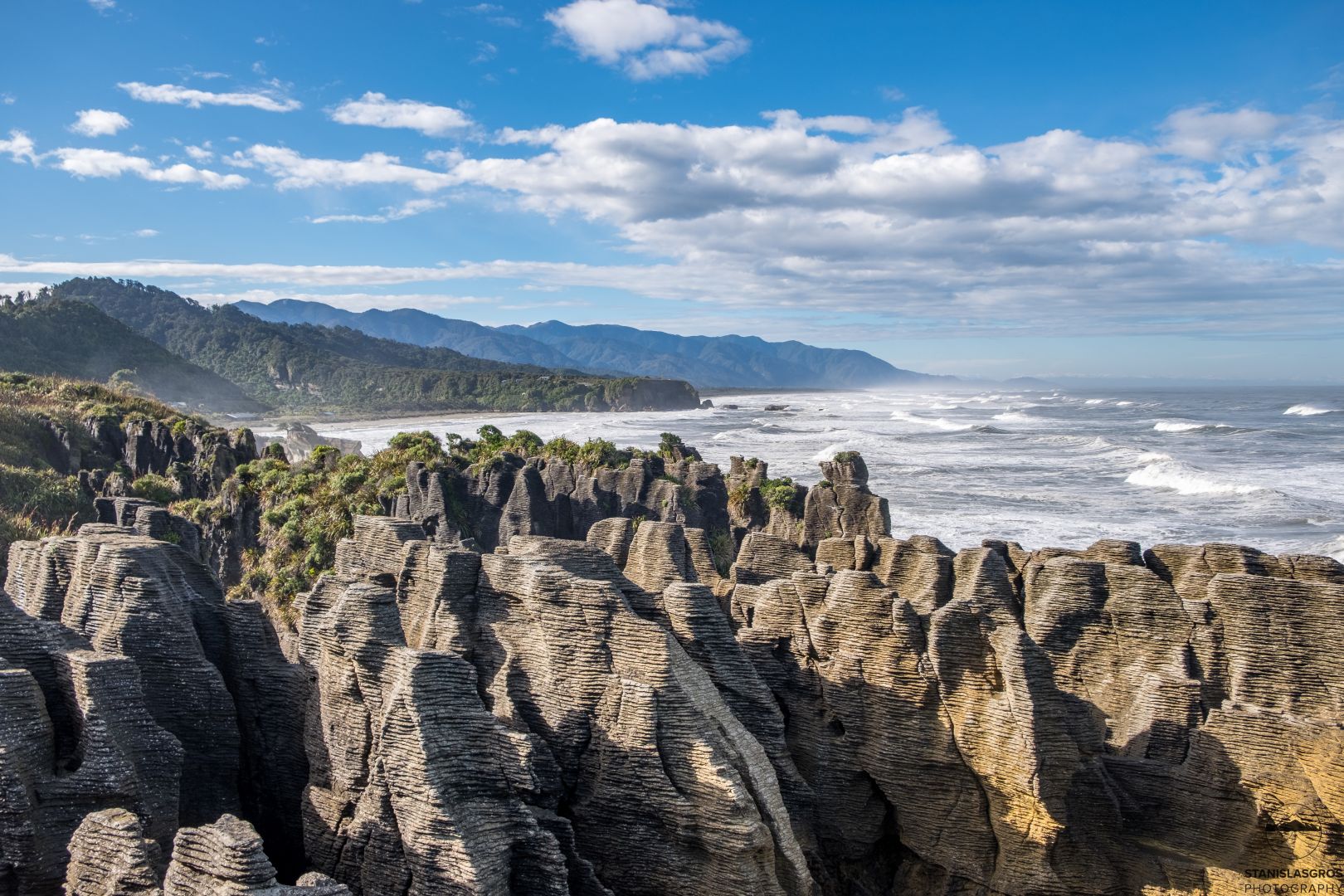West Coast
South IslandA sense of guilt invades me as I write these lines thinking of our West Coast partners with whom we have had excellent relationships for years. However, for the first time, I am going to make uncertainties on a region of New Zealand.
There is no doubt that the beauty of the landscapes, its wild atmosphere at the end of the world, its magnificent rain forest after the Haast Pass depicts that the west coast is distinctive.
However, the climatic realities which have affected the region for several years now are no longer favourable. This area is very exposed to inclement weather, especially from Antarctica, in such that no natural barrier can stop before reaching the coast. Every year torrential rains fall in the middle of summer, causing landslides, collapses and bridges are even washed away by flooded rivers. We have to manage these situations, which generate much frustration among travellers. Indeed, if the road is closed, you will have to go north and then go through the centre to join the planned route, which can represent two days of travel. Or else, a similar nightmare situation can occur several times whereby the road is closed in two places, and you are trapped in the middle. In this case, it will sometimes be necessary for you to wait several days for the road to be reopened; during this time, you remain confined where you are.
Of course, many travellers tell us that it would be unthinkable for them to visit NZ without seeing the Fox and Franz Joseph glaciers, which are the most well-known in the country. Their notoriety dates from the time when it was possible to walk on it without needing a helicopter drop-off, which of course was cost-effective. Due to their melting and seismic risks, these activities have been prohibited since 2016. Without minimizing their visual interest, these glaciers are approximately 12 kilometres long while the longest glacier in the country, Tasman which is located in Mt Cook National Park, measures almost 30 kilometres. However, this area fits very quickly into a route. It would be best if you did not underestimate the distances; the west coast can be very time-consuming on a trip to NZ.
So, should we draw a line on the west coast? Certainly not, but at Once Upon a Trip, we suggest this region in three steps:
- Those who have time to travel, a month or more and for whom a possible obstruction will not have the same impact as for people who visit the two islands in two weeks.
- Hikers, who sleep two or three nights at Franz Joseph can do some superb hikes.
- Travellers who come during our winter from June to September, dry period on the west coast. During this period, we recommend an escape to Fiji or Samoa who is also in the dry season.
Finally, we also differentiate the northern part of this coast. The Pancake Rocks in Punakaiki, as well as the Paparoa National Park, are superb. There is also a great cycling route, the West Coast Wilderness Trail, which can be done over a period of one to three days, staying in the typical village of Kumara. This easy access part can also be combined with the Tranzalpine train.
We back our statement, which reflects many operational years in the country, but still, wish to support our local partners. Considering these elements, it is up to you to accept an unforeseen event, which is not coherent.
Does this sound like an experience you would like?


.jpg)




What our customers have to say
The organisation by OUAT was excellent, communication was brilliant, facilities on the Milford Track were of a high standard and Hippo Lodge in Queenstown...
John Dali, Australia
Booking through OUAT was very straightforward. You accommodated our requests and made sensible suggestions to our busy itinerary to make sure that we got...
Susan Rogers, UK
Once Upon a Trip have been an amazing company to deal with. We are particularly thankful for the clear, friendly and prompt communication from Romain who...
Wayne & Gabrielle, Australia

